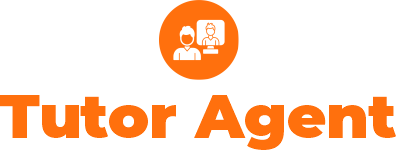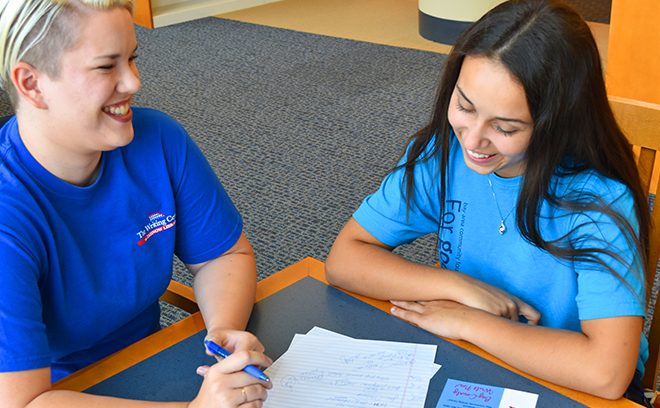Group tutoring offers a dynamic learning environment that fosters collaboration and shared knowledge. To make the most of this setting, it’s essential to navigate the dynamics effectively. In this quick guide, we’ll explore strategies to ensure a productive and engaging group tutoring session.

Establish Clear Goals
Begin by outlining the session’s objectives. Whether it’s mastering a specific concept or working on collaborative projects, setting clear goals provides direction for both tutors and students.
Encourage Active Participation
Create an inclusive atmosphere where all participants feel comfortable contributing. Encourage students to actively engage in discussions, ask questions, and share their insights with the group.
Foster a Supportive Environment
Promote a supportive culture within the group. Emphasize teamwork, mutual respect, and the idea that everyone has something valuable to contribute. A positive and encouraging atmosphere enhances the learning experience.
Utilize Peer Teaching
Leverage the diverse skills within the group by incorporating peer teaching. Assign specific topics or concepts for students to explain to their peers. This not only reinforces their understanding but also promotes a sense of responsibility.
Rotate Group Roles
Keep the group dynamic fresh by rotating roles among participants. Assign responsibilities such as timekeeping, note-taking, or facilitating discussions. This approach encourages active involvement from everyone.
Address Individual Learning Styles
Recognize that each student may have a different learning style. Adapt your tutoring methods to accommodate visual, auditory, and kinesthetic learners, ensuring that everyone can grasp the material effectively.
Break Down Complex Concepts
Tackle complex topics by breaking them into manageable parts. Assign subtopics to different group members, allowing them to specialize in a particular area. Later, bring these insights together for a comprehensive understanding.
Use Collaborative Tools
Take advantage of collaborative tools and technologies. Platforms like shared documents, virtual whiteboards, or group chat facilitate real-time collaboration and information exchange.
Encourage Open Communication
Create an environment where students feel comfortable expressing their thoughts and asking questions. Foster open communication channels to enhance peer interaction and address any uncertainties.
Manage Group Size
Additionally, Consider the optimal size for effective group tutoring. While smaller groups allow for more individual attention, larger groups can foster diverse perspectives. Find a balance that works for the subject matter and learning objectives.
Provide Ongoing Feedback
Offer timely feedback to individuals and the group as a whole. Acknowledge achievements, address challenges, and guide students toward improvement. Regular feedback motivates and ensures continuous progress.
Incorporate Interactive Activities
Break up the session with interactive activities. Whether it’s a group discussion, a problem-solving exercise, or a hands-on demonstration, interactive elements keep the group engaged and energized.
Utilize Real-World Examples
Moreover, relate academic concepts to real-world scenarios. This helps students see the practical applications of what they’re learning and enhances overall comprehension.
Manage Time Effectively
Structure the tutoring session to make efficient use of time. Additionally, set clear time limits for activities, discussions, and breaks to maintain focus and momentum.
Peer Assessment Opportunities
Incorporate peer assessment exercises where group members provide constructive feedback to one another. Hence, this not only reinforces their understanding but also promotes a sense of shared responsibility for each other’s success.
Flexibility in Group Structure
Be open to adjusting the group structure based on evolving needs. Additionally, this could involve reorganizing smaller subgroups. Hence, allowing students to work with different peers, or even occasionally facilitating one-on-one interactions.
Interactive Technology Integration
Explore the integration of interactive technologies such as online polls, collaborative documents, or educational apps. Additionally, these tools enhance engagement and provide avenues for real-time participation and collaboration.
Group Project Assignments
Furthermore, assign group projects that require collaborative problem-solving. These projects can simulate real-world scenarios. Hence, fostering teamwork and encouraging students to leverage each other’s strengths.
Celebrate Achievements
Acknowledge and celebrate group and individual achievements. Hence, recognizing progress boosts morale and reinforces the value of collaborative learning.
Incorporating these strategies into your group tutoring sessions can transform the dynamics into a thriving and enriching educational experience. Remember, effective group tutoring is not just about imparting knowledge but also about cultivating a collaborative and supportive learning community.




